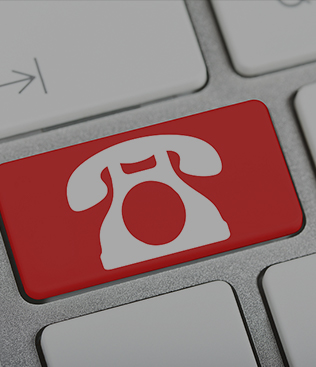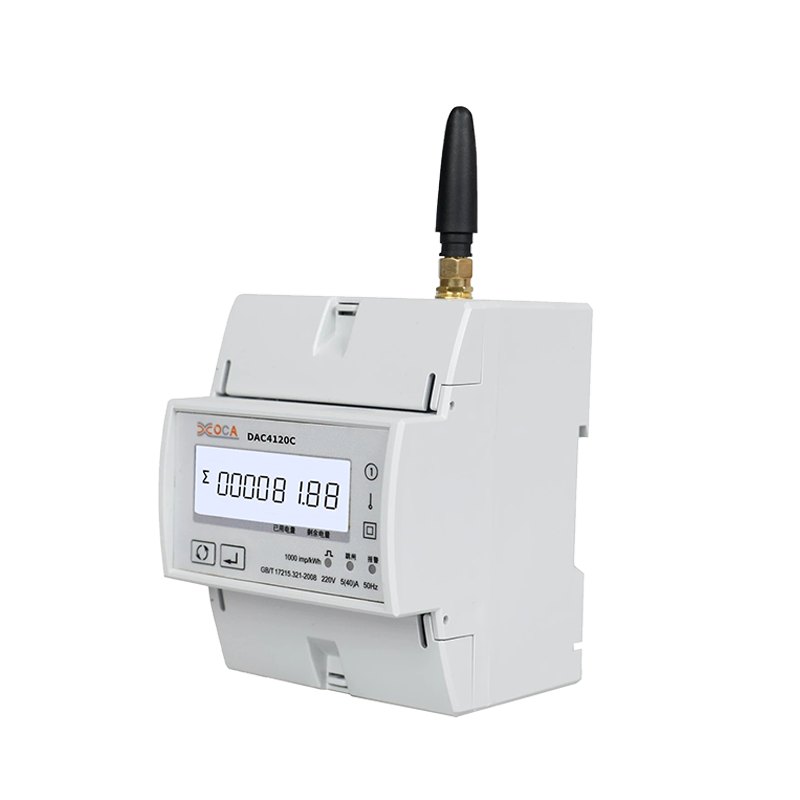Understanding DIN Rail Power Meters and Their Applications
What is a DIN Rail Power Meter?
A DIN rail power meter is an essential device designed for monitoring electrical parameters in industrial, commercial, and residential applications. These compact devices mount directly onto standard DIN rails, which are the metal rails used for mounting circuit breakers and other equipment in electrical enclosures. Unlike traditional power meters that require separate mounting hardware, din rail power meter solutions offer space-saving advantages and easier installation in control panels.
DAC4100C One Phase 2 Wires DIN Rail Modbus Smart Energy Meter with Relay
Key Features of Modern DIN Rail Power Meters
- Real-time monitoring of voltage, current, power, and energy consumption
- Compact design that saves valuable panel space
- Compatibility with standard 35mm DIN rails
- Multiple communication options (Modbus, Ethernet, etc.)
- High accuracy measurements for precise energy monitoring
din rail mounted energy meter vs. Traditional Power Meters
Space Efficiency Comparison
When comparing din rail mounted energy meter solutions to traditional panel-mounted power meters, the space savings become immediately apparent. DIN rail models typically occupy less than half the space of their conventional counterparts, making them ideal for crowded electrical panels where real estate is at a premium.
| Feature | DIN Rail Power Meter | Traditional Power Meter |
|---|---|---|
| Mounting Space | 35mm rail space only | Requires separate panel cutout |
| Installation Time | Seconds to snap on | Minutes to mount and wire |
| Panel Modification | None required | May need drilling/cutting |
Installation Advantages
The installation process for din rail mounted energy meter devices represents a significant improvement over traditional methods. Electricians can simply snap these meters onto existing DIN rails without any special tools or panel modifications. This contrasts sharply with conventional meters that often require precise cutouts in control panels and complex mounting hardware.
How to Choose the Right three phase din rail power meter
Single Phase vs. Three Phase Requirements
Selecting between single phase and three phase din rail power meter solutions depends entirely on your electrical system configuration. Three-phase meters are essential for industrial settings and commercial buildings where heavy machinery operates, while single-phase models suffice for most residential applications.
- Three phase din rail power meter benefits:
- Capable of monitoring balanced and unbalanced loads
- Provides comprehensive power quality analysis
- Essential for motor control centers and industrial equipment
- Single phase meter advantages:
- Lower cost for residential applications
- Simpler installation and configuration
- Adequate for most household energy monitoring
Accuracy Class Considerations
The accuracy class of a three phase din rail power meter significantly impacts its suitability for different applications. Class 0.5 meters offer the highest precision for critical measurements, while Class 1 or 2 meters work well for general monitoring purposes.
Installation Guide for din rail electricity meter with display
Pre-Installation Preparation
Before installing your din rail electricity meter with display, several preparatory steps ensure a smooth process. First, verify that your electrical panel has sufficient space on the DIN rail. Next, ensure all safety protocols are followed, including proper lockout/tagout procedures for the circuit being monitored.
Step-by-Step Installation Process
- Turn off power to the distribution panel and verify de-energization
- Identify suitable location on the DIN rail for meter placement
- Connect the voltage input wires to the appropriate terminals
- Install current transformers if required by the meter model
- Snap the din rail electricity meter with display onto the rail
- Make all necessary communication connections
- Restore power and verify proper meter operation
Display Configuration Tips
The display on your din rail electricity meter with display can typically be customized to show the most relevant parameters for your application. Most models allow cycling through different measurement screens or configuring the default display to show key metrics like kWh consumption or current demand.
Benefits of Using modbus din rail energy monitor Systems
Remote Monitoring Capabilities
A modbus din rail energy monitor transforms basic energy measurement into a comprehensive monitoring solution. Through Modbus RTU or TCP/IP protocols, these devices can integrate with building management systems, SCADA networks, or dedicated energy monitoring software.
Data Logging and Analysis Features
Advanced modbus din rail energy monitor units offer built-in data logging capabilities that store weeks or months of energy consumption data. This historical data proves invaluable for identifying usage patterns, detecting anomalies, and verifying the effectiveness of energy conservation measures.
| Feature | Basic DIN Rail Meter | Modbus Enabled Meter |
|---|---|---|
| Data Accessibility | Local display only | Remote access via network |
| Integration Potential | Standalone operation | Connects to multiple systems |
| Advanced Analytics | Limited | Comprehensive with software |
Maintenance and Troubleshooting for DIN Rail Power Meters
Regular Maintenance Practices
While din rail power meter devices are generally maintenance-free, some periodic checks ensure optimal performance. These include verifying display readability, checking for proper communication connections, and ensuring current transformers remain properly installed.
Common Issues and Solutions
- No display illumination:
- Check power supply connections
- Verify voltage input matches meter specifications
- Inaccurate readings:
- Confirm proper CT installation and ratio settings
- Check for phase reversal in three-phase systems
- Communication failures:
- Verify baud rate and protocol settings
- Check cable integrity and termination


 English
English 中文简体
中文简体







